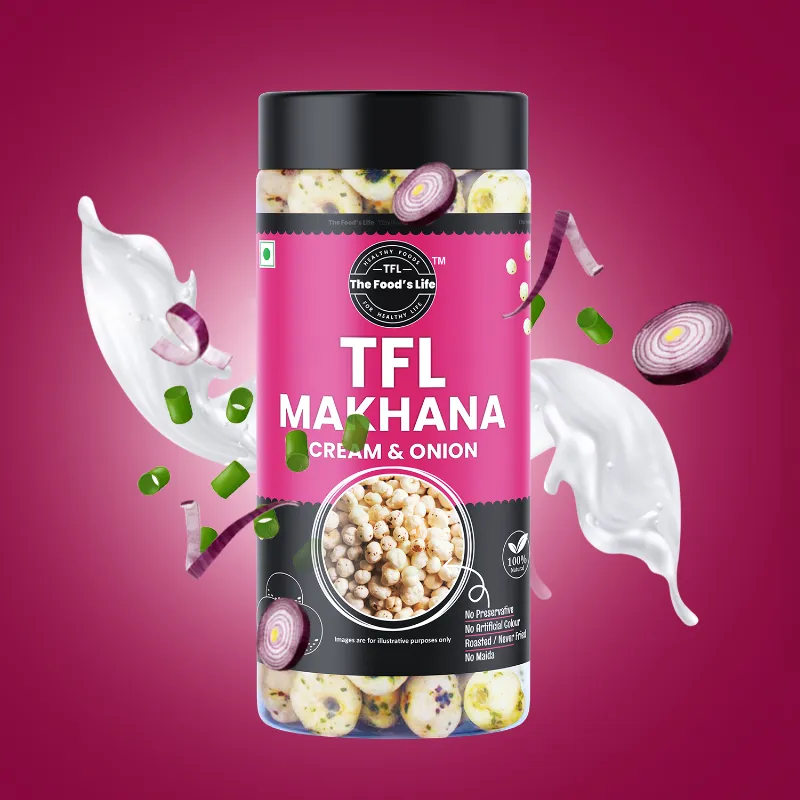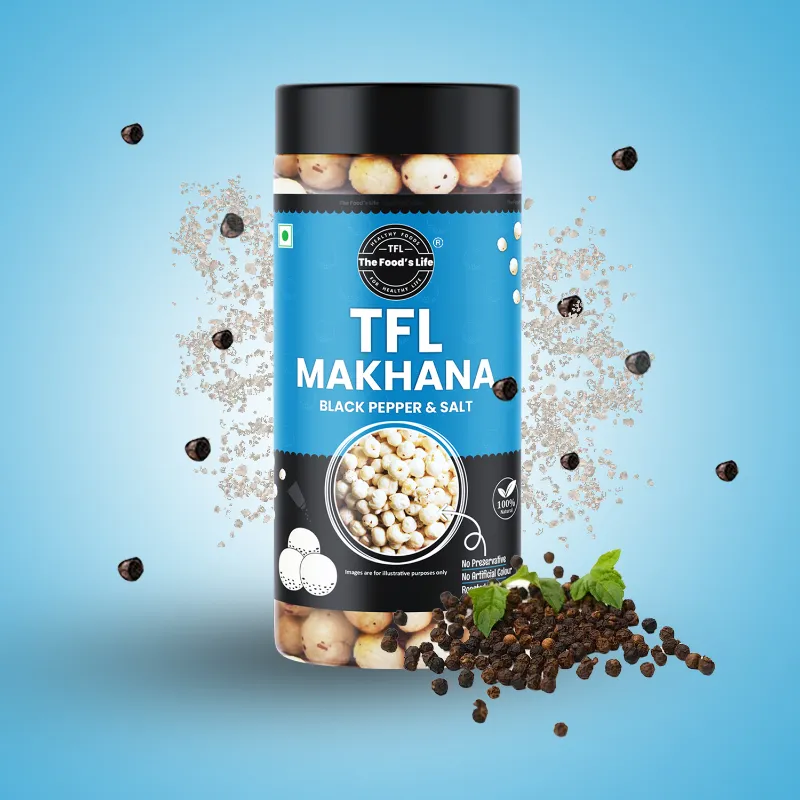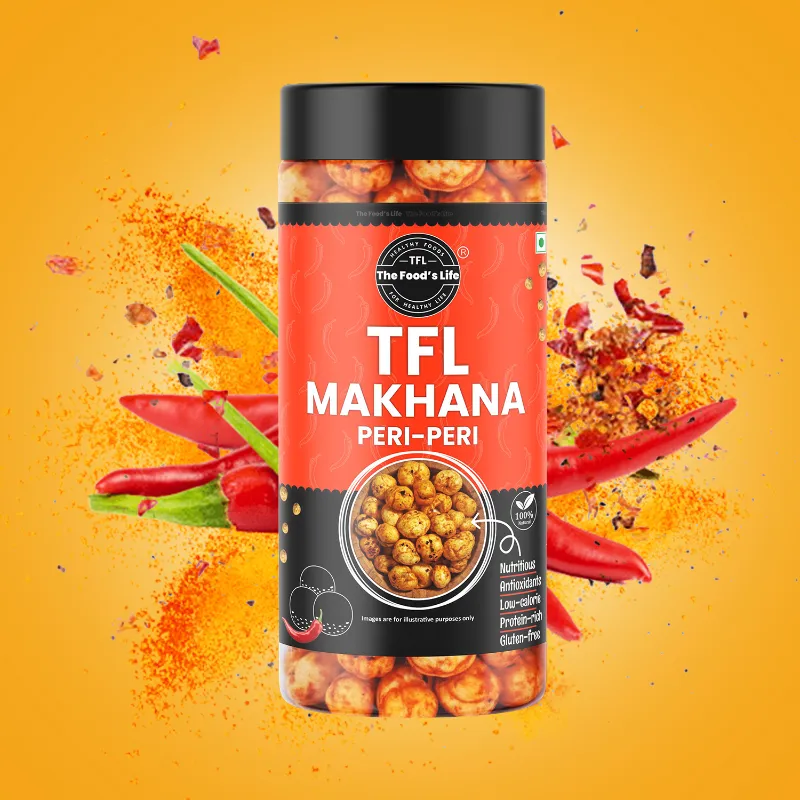Fried and roasted foods are both delicious and popular choices in many cuisines around the world. However, these cooking methods vary significantly in terms of their techniques, nutritional profiles, and flavor outcomes. Let’s delve into the distinctions between these types foods to understand their unique characteristics.
The primary difference between these two types of foods lies in their cooking methods. Hot oil or fat submerges fried foods, while dry heat in an oven or over an open flame cooks roasted foods. This fundamental contrast in cooking techniques leads to varying textures and flavors in the final dishes.
Renowned for their crispy exterior and tender interior achieved through deep frying in hot oil, fried foods showcase a distinctive quality. The immersion in oil creates a crunchy crust while sealing in moisture, resulting in a satisfying texture. On the other hand, roasted foods develop a crisp outer layer through exposure to dry heat. Offering a different mouthfeel compared to fried foods.
One significant distinction between fried and roasted foods is the amount of oil they absorb during cooking. Fried foods tend to absorb a considerable amount of oil, contributing to their rich and indulgent flavor profile. In contrast, roasted foods require minimal or no added oil, making them a healthier option with lower fat content.
The cooking method significantly influences the nutritional content of fried and roasted foods. Fried foods often have higher calorie and fat content due to the absorption of oil during cooking. Additionally, the high temperatures involved in deep frying can lead to the formation of harmful compounds such as trans fats. Roasted foods, on the other hand, preserve more nutrients by cooking with minimal oil and at lower temperatures, retaining the natural goodness of the ingredients.
The cooking method imparts distinct flavors to fried and roasted foods. Fried foods boast a rich, savory taste with a crispy texture, thanks to the caramelization and Maillard reaction that occurs during frying. In contrast, roasted foods develop a depth of flavor through the gradual browning of sugars and proteins, resulting in a nutty and aromatic profile that enhances the natural taste of the ingredients.
Both fried and roasted cooking techniques offer a wide range of culinary possibilities. Fried foods encompass favorites such as French fries, fried chicken, and tempura, while roasted foods include roasted vegetables, meats, and nuts. Each method lends itself to various ingredients and cuisines, allowing for creativity and experimentation in the kitchen.
When it comes to health, roasted foods are generally considered a healthier option compared to fried foods. The lower fat content and reduced oil absorption make roasted foods a preferable choice for those seeking a balanced diet. However, moderation is key, as even roasted foods can become unhealthy if excessively seasoned or consumed in large quantities.
In conclusion, individuals can make informed choices about their dietary preferences. By understanding the differences between these cooking methods, each with its merits and unique characteristics. Whether one craves the crispy indulgence of fried delicacies or the wholesome simplicity of roasted dishes, incorporating a variety of cooking techniques can add excitement and flavor to mealtimes.






